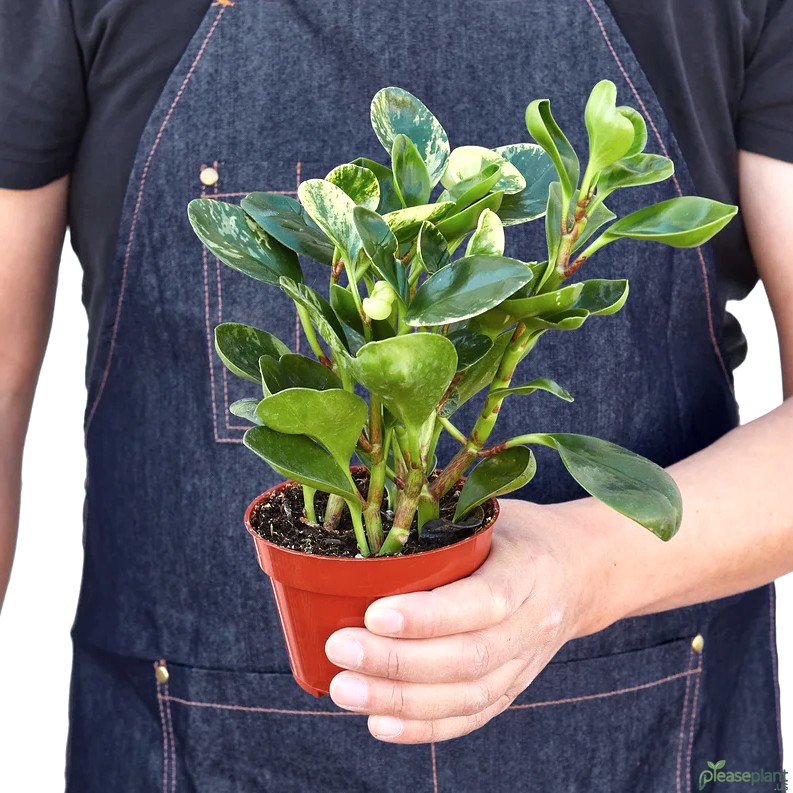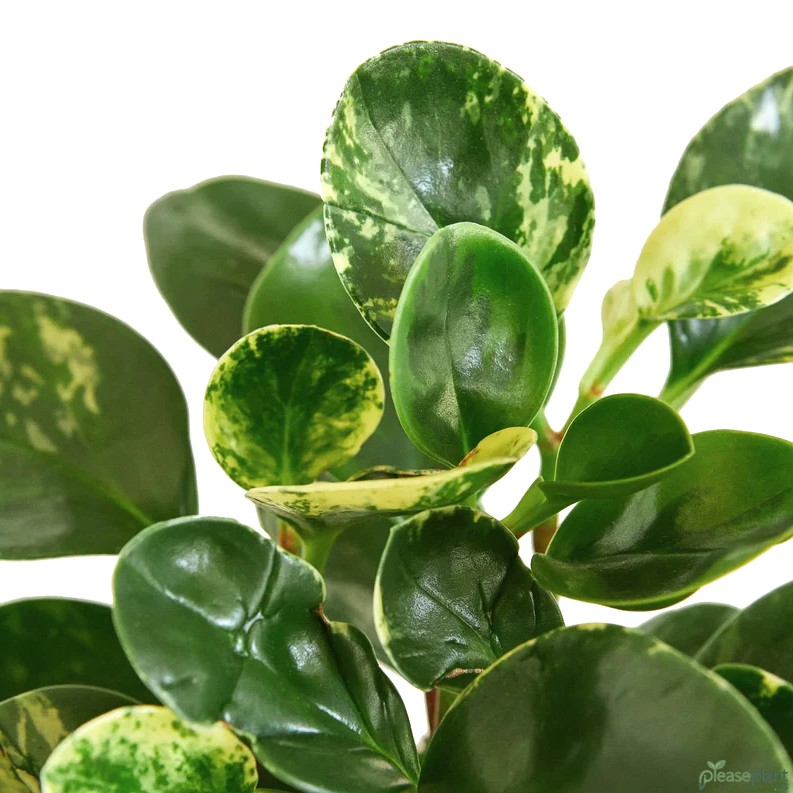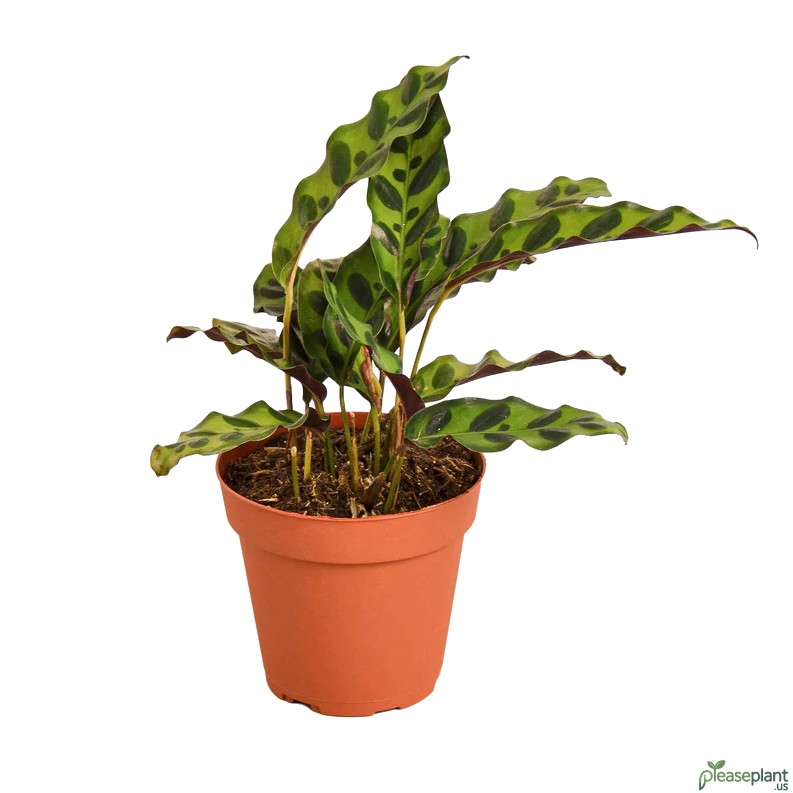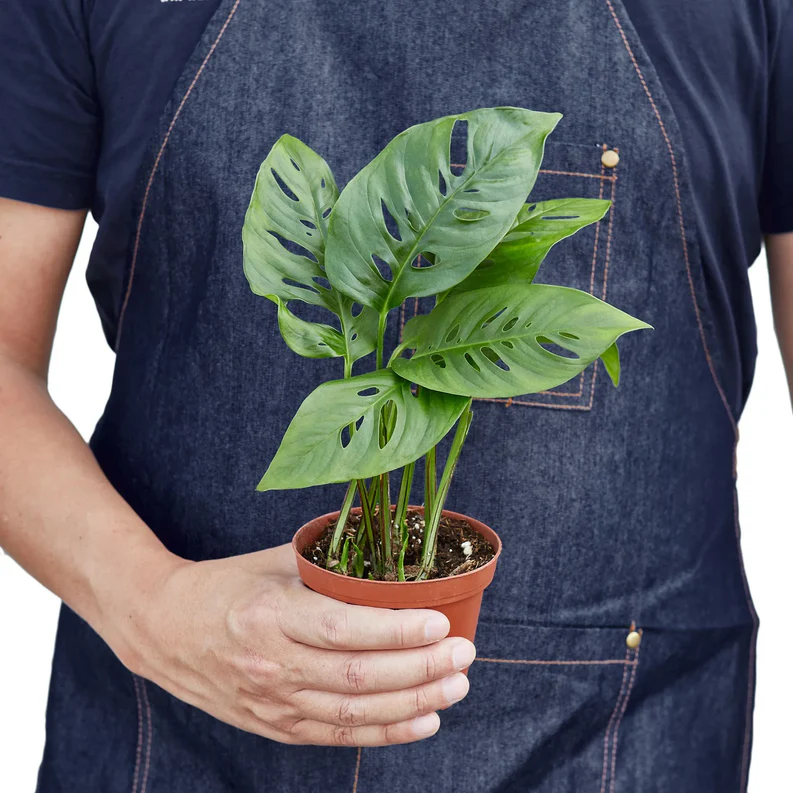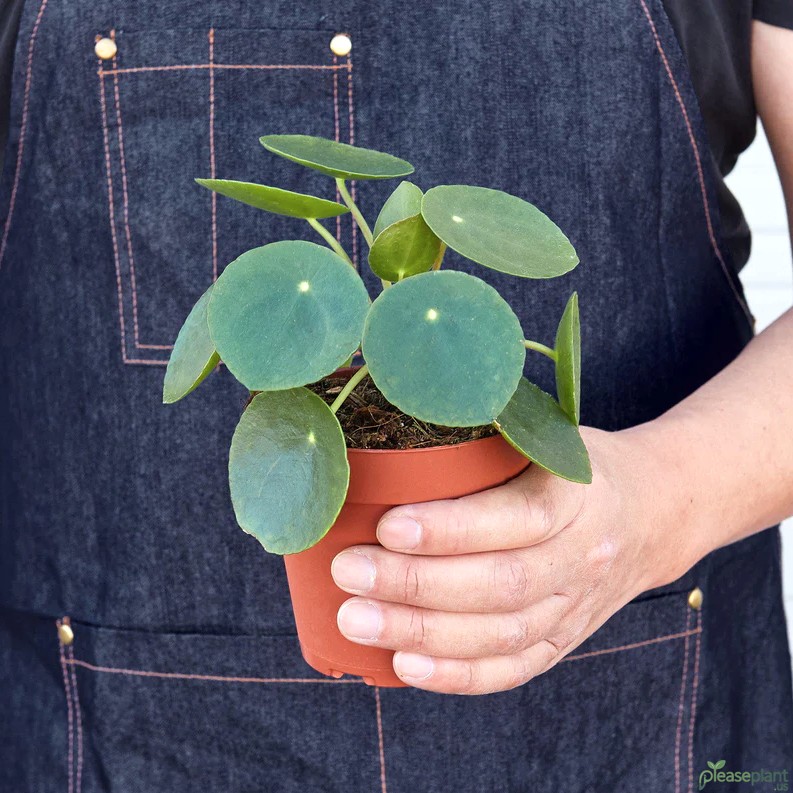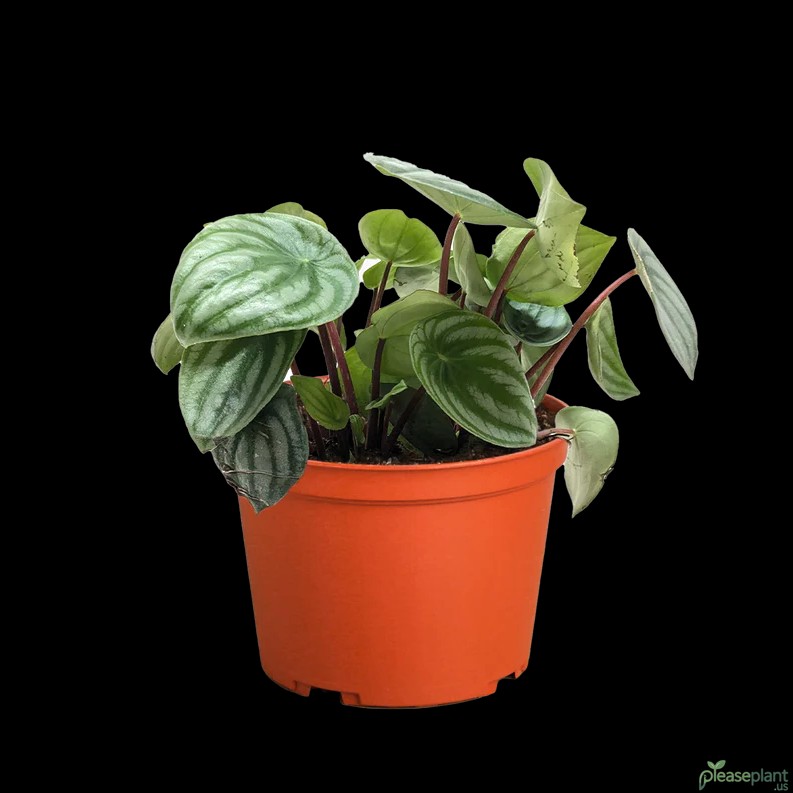Ever wondered why your Peperomia Marble keeps looking sad despite your care? Chances are, you are overwatering this delicate Radiator Plant. Let me share how I stopped drowning mine and got it thriving with minimal fuss. It's all about understanding the plant's needs, spotting signs of water stress, and adjusting your routine to what this quirky beauty really wants. Forget the guesswork and discover a simple, effective watering approach that will keep your Peperomia Marble happy and healthy.
Let me tell you about my Peperomia Marble mishaps
I remember when I first got this charming little Radiator Plant, the Peperomia Marble. Bright leaves, cool patterns, a real showstopper. But despite my enthusiasm, it kept looking droopy and sad. I was watering it like my other houseplants, maybe a bit too much, because you know, plants love water, right? Wrong! Turns out, this plant is a bit of a diva when it comes to moisture.
Why overwatering is the silent killer
The Peperomia Marble originates from tropical forests where it clings to tree trunks, not soaking in swampy soil. Overwatering leads to root rot, yellow leaves, and eventually, plant death. It’s a sneaky problem because the leaves might look plump but the roots are drowning. I learned this the hard way after my first pot ended up a mushy mess. The key is to let the soil dry out between waterings; this plant hates sitting in wet feet, trust me.
How I adjusted my watering routine
I started testing the soil with my finger - yes, the old gardener’s trick. When the top inch feels dry, I water lightly, giving just enough to moisten the soil without flooding. It’s better to underwater slightly than overdo it. Also, I switched to a pot with good drainage holes and used a well-draining soil mix. This way, water doesn’t linger, and the roots breathe easy. Oh, and no saucers full of water underneath - that’s a no-go!
Signs your Radiator Plant needs less water
Look for leaves that are turning yellow or translucent, a telltale sign of too much water. Mushy stems or a sour smell from the soil are dead giveaways too. If you see these, hold off watering and let it dry out completely. Sometimes, the plant will even drop leaves to save itself. Don’t panic, just adjust your care. A good tip is to water less in winter when the plant’s growth slows down.
Final tips from my garden
Peperomia Marble is a tough little plant once you get its quirks. It loves bright, indirect light and can tolerate some neglect, especially in watering. Avoid cold drafts and sudden temperature changes - it’s quite sensitive there. And remember, patience is key; this plant grows slowly and rewards you with beautiful marbled leaves if you treat it right. So, stop drowning your Radiator Plant and enjoy a thriving, happy Peperomia Marble in your home.
Happy gardening, and may your leaves always stay glossy and vibrant!

